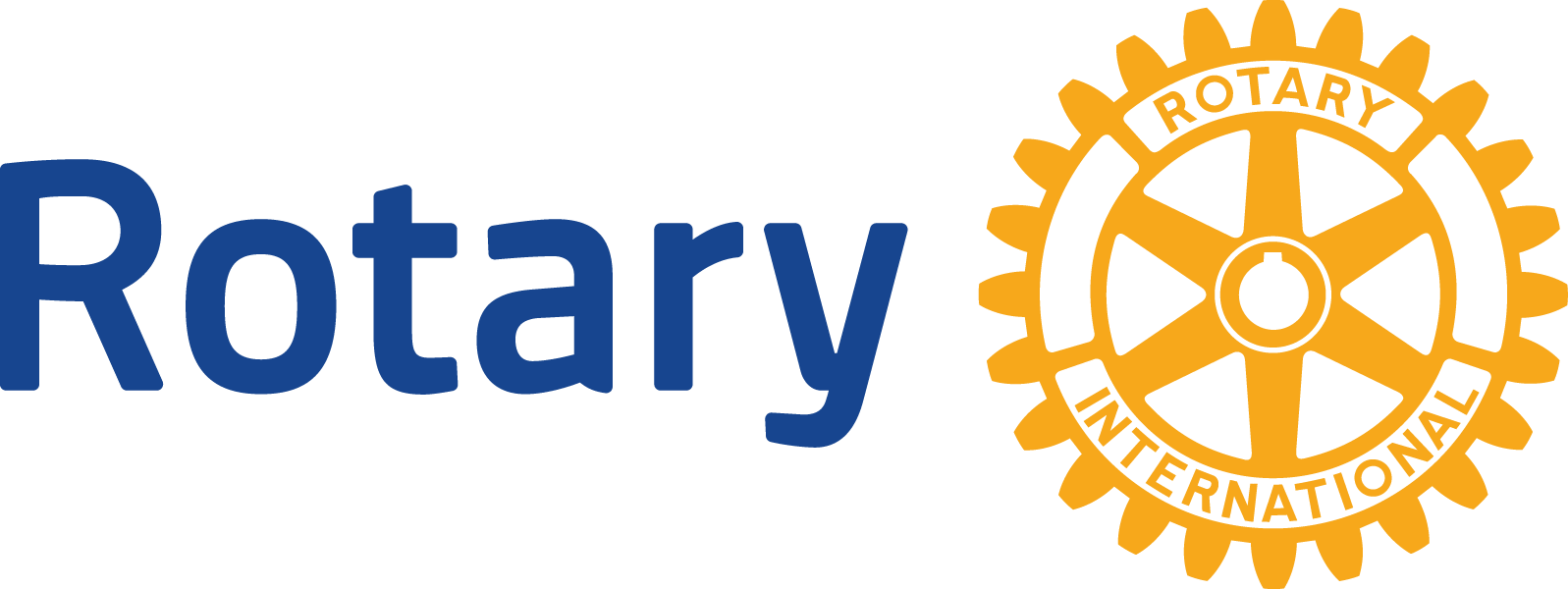BURIAL SERVICES
BURIAL SERVICES
Traditionally, a burial service included a visitation, followed by a funeral service in a church, or funeral home. You have the option of having you loved one interred (earth burial), or be entombed in a crypt inside a mausoleum (above ground burial). Family or religious traditions are often an important factor when making these decisions. Some of the decisions needed to be made include what casket to use, what cemetery to use and what to be engraved on the monument.
CEMETERY TYPES
Traditional Cemetery: A traditional style cemetery is where headstones or other monuments made of granite rise vertically above the ground. There are countless different types of designs for headstones, ranging from very simple to large and complex.
Memorial Park Cemetery: A memorial park cemetery is where each grave is marked with a commemorative marker that is placed horizontally at the head of the grave at ground-level. They are made of bronze or granite.
Mausoleum: A mausoleum is an external free-standing building constructed as a monument enclosing the interment space or burial chamber of a deceased person(s). A mausoleum may be considered a type of tomb or the tomb may be considered to be within the mausoleum. The most famous mausoleum is the Taj Mahal in India.
Columbarium: Columbarium walls are reserved for cremated remains. While cremated remains can be kept at home by families or scattered somewhere significant to the deceased, a columbarium provides friends and family a place to mourn and visit.
Natural Cemeteries: Natural cemeteries, also known as eco-cemeteries or green burial cemeteries, is a relatively new style of cemetery. Natural burials are motivated by the desire to be environmentally conscience. Although natural burials can be performed at any type of cemetery not all cemeteries are set up for this practice. They are usually done in a natural woodland area. Conventional markings such as headstones are generally replaced with a tree or a bush or a placement of a natural rock.
CREMATION FREQUENTLY ASKED QUESTIONS ABOUT BURIAL
Please know that you may be buried at the cemetery of your choice. If you are unsure about where you would like to be buried, please allow us assist you in this important decision. Campbell Funeral Homes owns and operates Beaver Falls Cemetery and Mausoleum. If you would like more information regarding burials at our cemetery, please click on the above link, or you may contact the funeral home directly.




